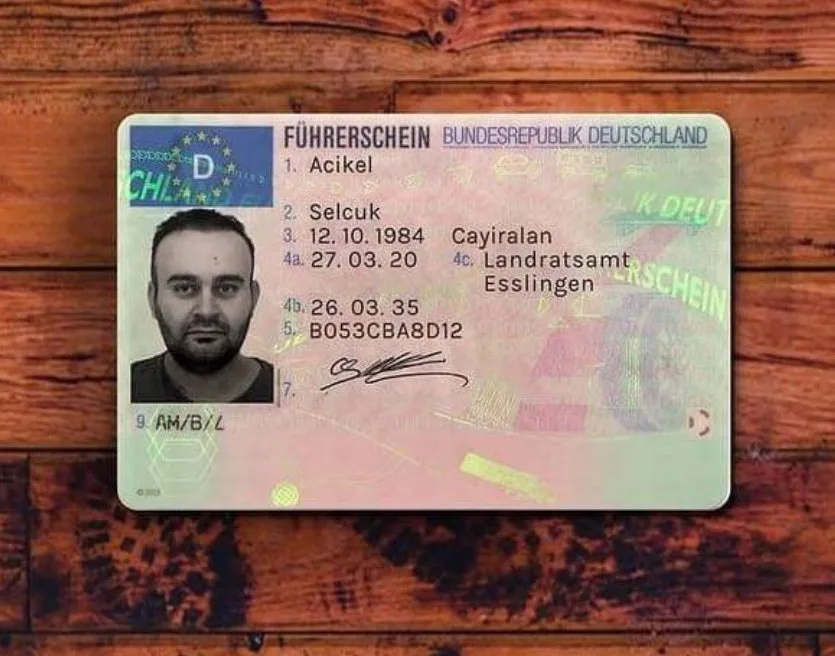The Ultimate Guide to Acquiring Your Driving License
Getting a driving license is an initiation rite for many individuals all over the world. It signifies self-reliance, obligation, and the capability to navigate the world on your own terms. Whether you are a teen excited to strike the roadway or an adult seeking to welcome brand-new opportunities, understanding the process of acquiring a driving license is important. This short article intends to guide you through the essential steps and considerations for obtaining your driving license.
Step 1: Understand the Requirements
The requirements for acquiring a driving license can differ substantially from one area to another. Acquaint yourself with your regional Department of Motor Vehicles (DMV) or comparable authority's guidelines. Generally, requirements might include:

Age: Most locations require you to be a minimum of 16 years of ages to obtain a learner's license and 18 to acquire a full license.
Identification: A government-issued ID or birth certificate is typically needed to show your identity and age.
Residency: You might require to supply evidence of residency in the jurisdiction where you are using.
Vision Test: A standard vision test is typically needed to ensure you can see well enough to drive securely.
Step 2: Obtain a Learner's Permit
Before you can acquire a full driving license, you will generally need to start with a learner's license. This permits you to practice driving under specific limitations, generally while being monitored by a licensed adult. The steps to get a learner's permit usually include:
Pass a Written Test: Many places need you to take a composed or computer-based test covering the rules of the road and traffic signs. Studying your state's driver's handbook can be exceptionally practical in getting ready for this exam.
Application Fees: Be ready to pay a little application fee to acquire your student's license.
Get Supervised Driving Hours: There may be a minimum number of practice hours you require to log with a licensed driver, normally ranging from 20 to 50 hours.
Step 3: Enroll in Driver Education
Though not always necessary, enrolling in a driver education course can be highly advantageous. These courses normally cover:
Theory Lessons: Understanding traffic laws, safe driving practices, and how to handle various driving situations.
Behind-the-Wheel Training: Practical driving sessions with a certified trainer, which can help construct your confidence and abilities.
Many states provide online courses, in-person classes, or a combination of both. Consult your DMV to see what choices are offered.
Step 4: Practice, Practice, Practice
Once you have your student's license, it's essential to get as much driving practice as possible. Use the time to end up being comfortable with:
Parallel Parking: A skill that typically turns up in testing.
Navigation: Understanding how to read maps or use navigation gadgets.
Driving in Different Conditions: Gain experience driving in various weather conditions and at various times of day.
Aim to practice a range of driving circumstances, consisting of city driving, highway driving, and rural driving to build your abilities.
Step 5: Schedule Your Road Test
When you feel positive in your driving abilities and have actually completed the needed practicing hours, you can schedule your roadway test. This test normally consists of:
Pre-Drive Inspection: You might be asked to show your knowledge of the car's controls and carry out a safety check.
Driving Test: An inspector will accompany you in the car, examining your driving abilities, including adherence to traffic laws, roadway positioning, and general control of the car.
Make sure to examine what paperwork you require to give the test, such as your student's license and evidence of finished driver education, if relevant.
Action 6: Pass the Road Test
If you effectively pass your roadway test, congratulations! You will get your driving license. Nevertheless, if b197 ohne prüfung do not pass, don't be dissuaded. Most places enable you to retake the test after a waiting period, offering you the opportunity to practice additional and enhance your skills.
Action 7: Know the Post-License Responsibilities
As soon as you obtain your driving license, it's important to understand your responsibilities as a driver. This consists of:
Complying With Traffic Laws: Always follow speed limitations, use your seatbelt, and prevent diversions while driving.
Insurance: Most regions require drivers to have car insurance, so be sure to understand what protection you require.
Renewal: Familiarize yourself with the procedure for restoring your license, which generally needs to be done every few years.
Conclusion
Obtaining your driving license is not simply about passing tests; it's about fostering a long-lasting mindset of duty and safety. By following these steps and appreciating the rules of the road, you'll not only gain the freedom of the open roadway but also add to safer driving environments for everyone. Happy driving!
